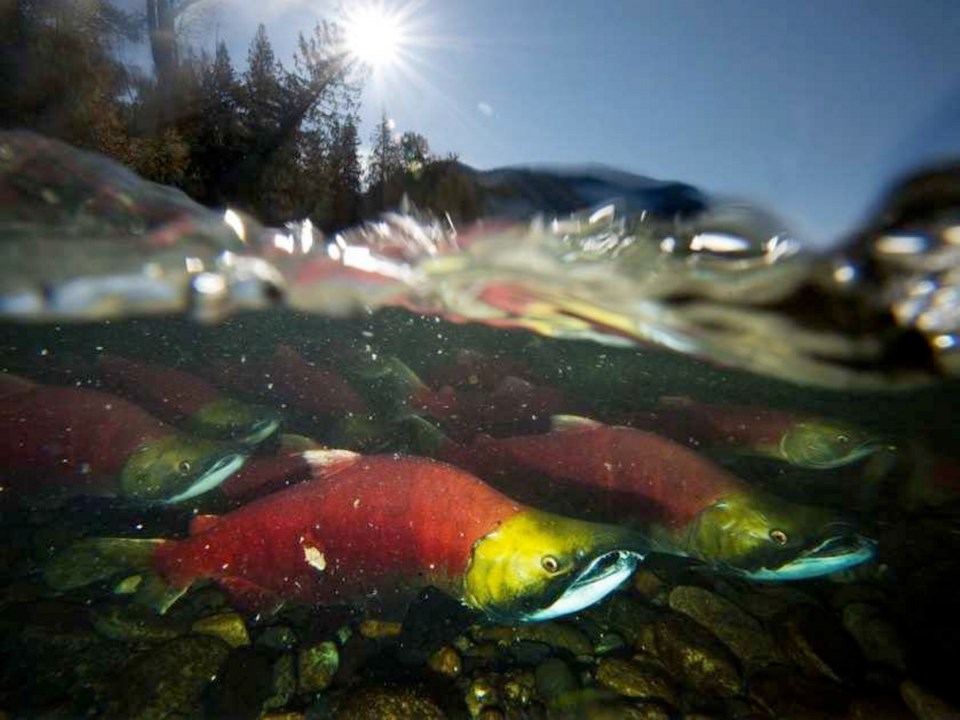The Department of Fisheries and Oceans says it’s working to save wild salmon, as sockeye stocks continue to decline.
The department has acted on 64 of 75 recommendations made five years ago by a commission that investigated the collapse of sockeye salmon stocks on the Fraser River, it said Thursday.
But returns remain lower than expected this year, in part due to “The Blob,” a large area of warm water that grew in the Pacific Ocean between 2013 and 2016, affecting food chains.
Jennifer Nener, director of salmon management, said Fraser River returns have been lower than forecast for the past couple of years.
Only about 1.5 million sockeye have returned to the Fraser this year, compared with the 4.4 million forecast. As a result, fishing has been limited, with a total harvest of less than 100,000.
The numbers came as part of an update on the department’s progress implementing recommendations made in 2012 by the Cohen Commission, which led an inquiry into the collapse of sockeye salmon stocks in the Fraser River, following three years of fisheries closures.
Recommendations included improving harvest and fisheries management, protecting habitat, assessing fish health and researching implications of aquaculture and climate change on wild salmon.
But the Watershed Watch Society warned there’s a difference between “acting on” and “fully living up to” a recommendation.
“I think the content of their updates are a bit disingenuous and disappointing,” said executive director Aaron Hill. “An analogy I’d give is doing the dishes at home. If I ‘acted on’ 64 dishes without actually getting them clean, my wife wouldn’t be happy with me.”
One significant gap remains in monitoring salmon stocks, he said, pointing to a Simon Fraser University study.
The study, published in the Canadian Journal of Fisheries and Aquatic Sciences, found monitoring is at a record low and DFO does not have enough data to determine the status of 50 per cent of all managed salmon populations along B.C.’s northern and central coasts.
While the government is making progress toward implementing a wild salmon policy — Cohen’s centrepiece recommendation — it won’t be effective without accurate stock measurements, Hill said.
“Wild salmon policy is all about assessing the status of our salmon runs and their habitat and then coming up with recovery plans for the ones that need them,” he said.
“You can’t do that without knowing how the salmon runs are doing.”



